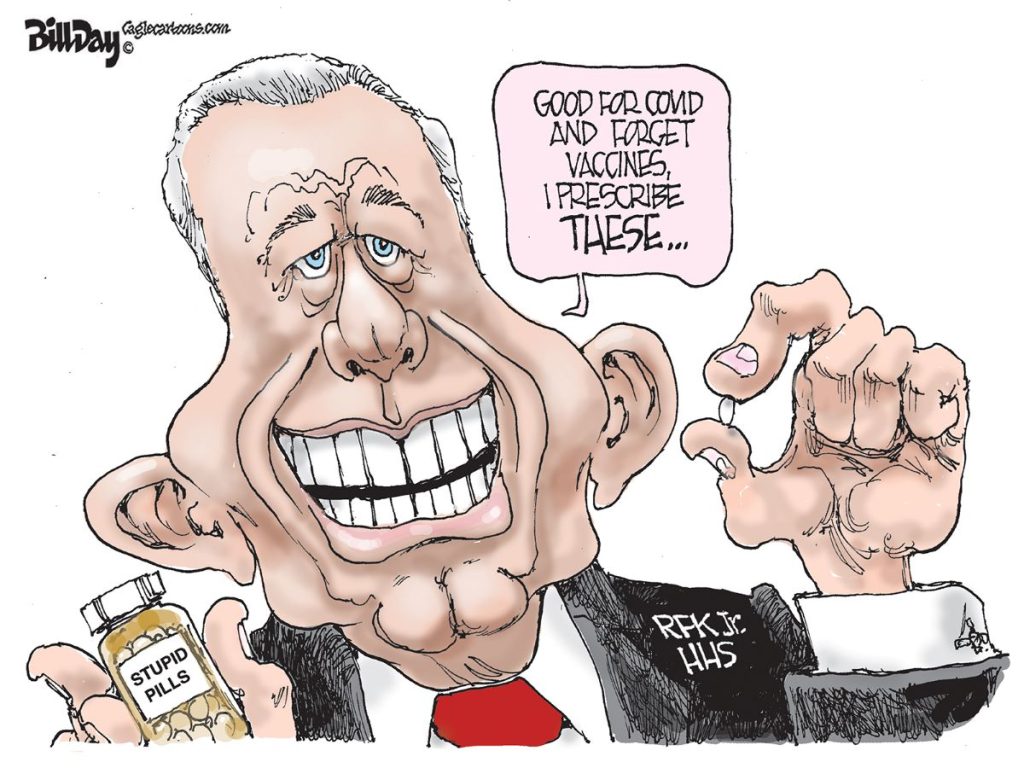
Some of the best-known chapters in Memphis’ history are about creative young people and their seemingly improbable dreams.
They include the 16-year-old who borrowed $125 from his father to buy a horse and wagon to sell homemade remedies and gave birth to St. Joseph’s Aspirin, Dr. Scholl’s foot powder, and Maybelline cosmetics; the 18-year-old who wandered out of public housing to record a song for his mother at Sun Studio and changed the world’s music; the young white and black musicians in the segregated South who laid down the legendary sounds of Stax Records; the 28-year-old entrepreneur with the idea of overnight air express delivery who moved his fledgling company from Little Rock to Memphis in 1973; and the 29-year-old CEO, the youngest on the New York Stock Exchange, who several years later conjured up the idea of an aftermarket for auto parts.
Today, the names are synonymous with Memphis — Abe Plough, Elvis Presley, Booker T. Jones, Steve Cropper, Donald “Duck” Dunn, Al Jackson, Andrew Love, Fred Smith, and J. R. “Pitt” Hyde — and their innovations changed the international reputation and the trajectory of the city. But these names today are prologue, and once again, there are nascent signs of a new youth movement undaunted by Memphis’ challenges or by conventional wisdom telling them they can’t succeed.
Tapping Into Tradition
The timing couldn’t be better.
During 15 years of economic lethargy, Memphis lost more than 42,000 jobs and often seemed to have lost its way, much less its confidence that things could be turned around. But today, increasing numbers of young leaders are eagerly launching new programs under the headings of tactical urbanism, creative placemaking, lean urbanism, and guerilla urbanism. These young leaders are cheerleaders for Memphis, but more to the point, they have rolled up their sleeves and are working in the trenches to improve Memphis one neighborhood at a time.
It is too soon to say if this new burst of creativity is part of the current that runs through this city’s history, but we have reasons to be optimistic, because it just might be possible that someday we look back to their projects as the birth of a genuine DIY spirit in Memphis.
Youth Movement
There’s a long tradition in this city of people looking to government for answers and asking for official approvals. The simple idea for a skate park led a tortured life in city government before it finally was built after several years of study, and the suffocation of a good idea is happening again with the idea to use the second floor of Cossitt Library for an abbreviated Memphis Art Park.
It’s often said by young leaders that Memphis grinds down anyone with a good idea, and that’s the beauty of what’s taking place now. No one is waiting for government to approve, and instead, people just plunge in and see what happens.
Chattanooga proves the power of a youth movement. The election last year of 44-year-old Andy Berke as mayor can be traced back to the spirit and sense of possibilities unleashed by the CreateHere program, which imagined in 2007 that the city once called the most polluted in America could be a hotbed of creativity and innovation. It’s the same attitude that was incubated here at Livable Memphis and shepherded along by the Bloomberg Philanthropy-funded Mayor’s Innovation Delivery Team.
On The Radar
Urban planning website Planetizen has called Memphis a “city to watch” for its tactical urbanism movement. It spotlighted “A New Face for an Old Broad” which attracted $8 million in private investment to Broad Avenue and leveraged a Green Lane project to construct bikeways and pointed out that the Mayor’s Innovative Delivery Team propelled the concept with its “Tactical Urbanism Salon” and its MemFix projects.
Memphis often does the “latest thing” years after other cities have done it. Regardless of the city’s late entry into bike lanes, greenlines, and riverfront improvements, they are welcome additions to the local quality of life; however, with tactical urbanism, Memphis is acting in real time as a leader for other cities.
No one is saying that every one of these projects will change the course of Memphis, but as much as anything these days, they remind us that Memphis can be fun, entertaining, and surprising. When given the chance, leadership emerges from unlikely places and reminds us that even trying to find new life for the long neglected Tennessee Brewery is a risk worth taking — even if it ends in failure. The success comes in the trying.


